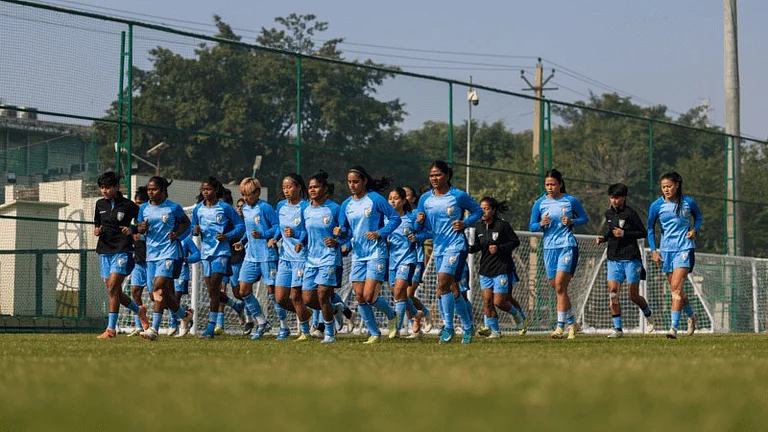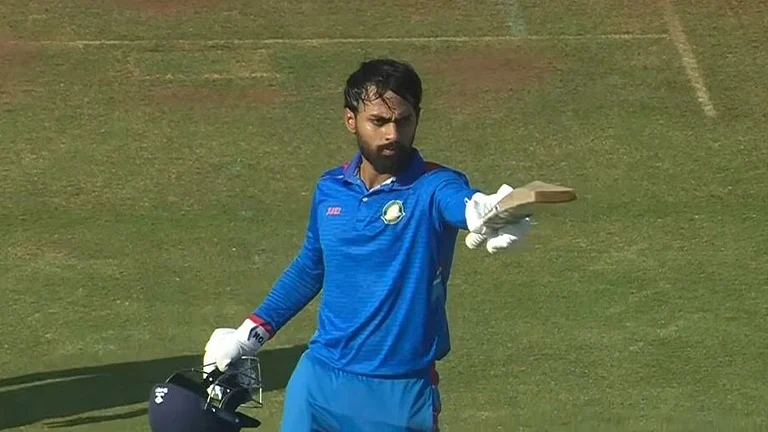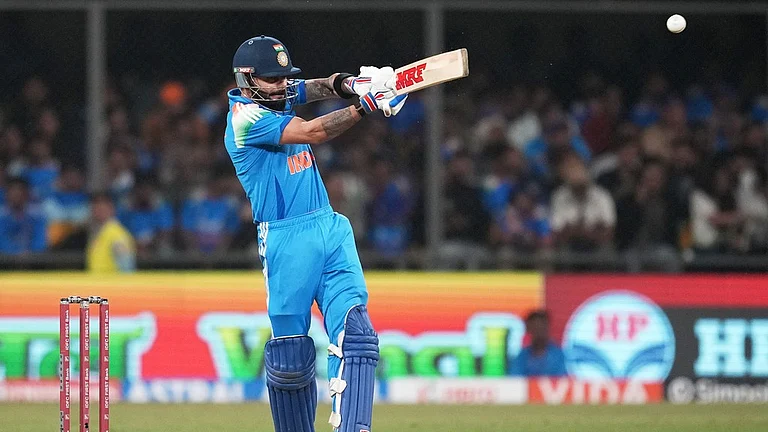In a land numbed by decades of bombs, bullets and bloodshed, it takes something extraordinary to jolt the people of Kashmir. This could be one such time. As India and Pakistan face off in one of the biggest military showdowns since the 1999 Kargil war, there is unease in the Valley, mainly because of the unpredictability of such volatile situations between two nuclear-armed neighbours. There is also the gnawing fear of what shape militancy will take now, given that every inflection point in Kashmir has reshaped public opinion and swayed the people this way or the other.
Analysts and activists agree that India’s air strike on Jaish-e-Mohammed’s (JeM) camp and Pakistan’s counter-attack in Rajouri sector has once again thrust the Kashmir issue under the global spotlight. And this, they say, provides an opportunity to both countries to seek a peaceful resolution of the imbroglio, to avoid the possibility of a nuclear confrontation.
That solutions could be found in the most hopeless of situations is perhaps best exemplified by the hope generated in the Valley after India launched Operation Parakram, the tense military build-up in response to the Parliament attack on December 13, 2001, and the Jammu and Kashmir assembly a few months earlier. Indeed, they point out that India succeeded in getting a commitment from then Pakistani President General Musharraf in January 2002 that Pakistan “will not permit any terrorist activity from its soil”.
Over the next few years, militancy came down significantly in the Valley. Between 2006 and 2010, the militancy graph went down by at least 70 per cent. In 2009, militancy-related incidents fell to an all-time low of 22. Between 2008-2010, Kashmir did witness large-scale street protests that had left nearly 200 civilians dead in firing by security forces. However, police say these were not related to militancy as the protests were over different incidents, including the alleged rape-murder of two women.
“I think Musharraf genuinely believed in the dialogue process and some sort of solution to Kashmir. In his time, Kashmir saw decline of infiltration and an internal dialogue also helped,” says an official pleading anonymity. However, the killing of Hizbul commander Burhan Wani in June 2016 and subsequent mass protests led to a huge spurt in militancy.
Separatists say the government pushed the youth towards militancy by firing pellets that blinded hundreds of people and killed scores of protesters. “The government choked the space of dissent and it continues to do so. I think they must consider Kashmir as a political issue rather than a security issue,” says Mirwaiz Umar Farooq, chairman of the moderate faction of Hurriyat Conference. “We cannot keep the Kashmir issue festering for long.”
Human rights activist Khuram Parvez says the strike and counter-strike by the two countries have shown to the world that Kashmir is the only issue between them. “World leaders have subtly talked about resolving this dispute and India should take cue from it,” he says. The police believe that the near-war scenario wouldn’t change anything on the ground in the Valley unless Pakistan “stops supporting militancy and infiltration” and also, simultaneously, the government initiates some sort of a political process to end the impasse.
By Naseer Ganai in Srinagar


























